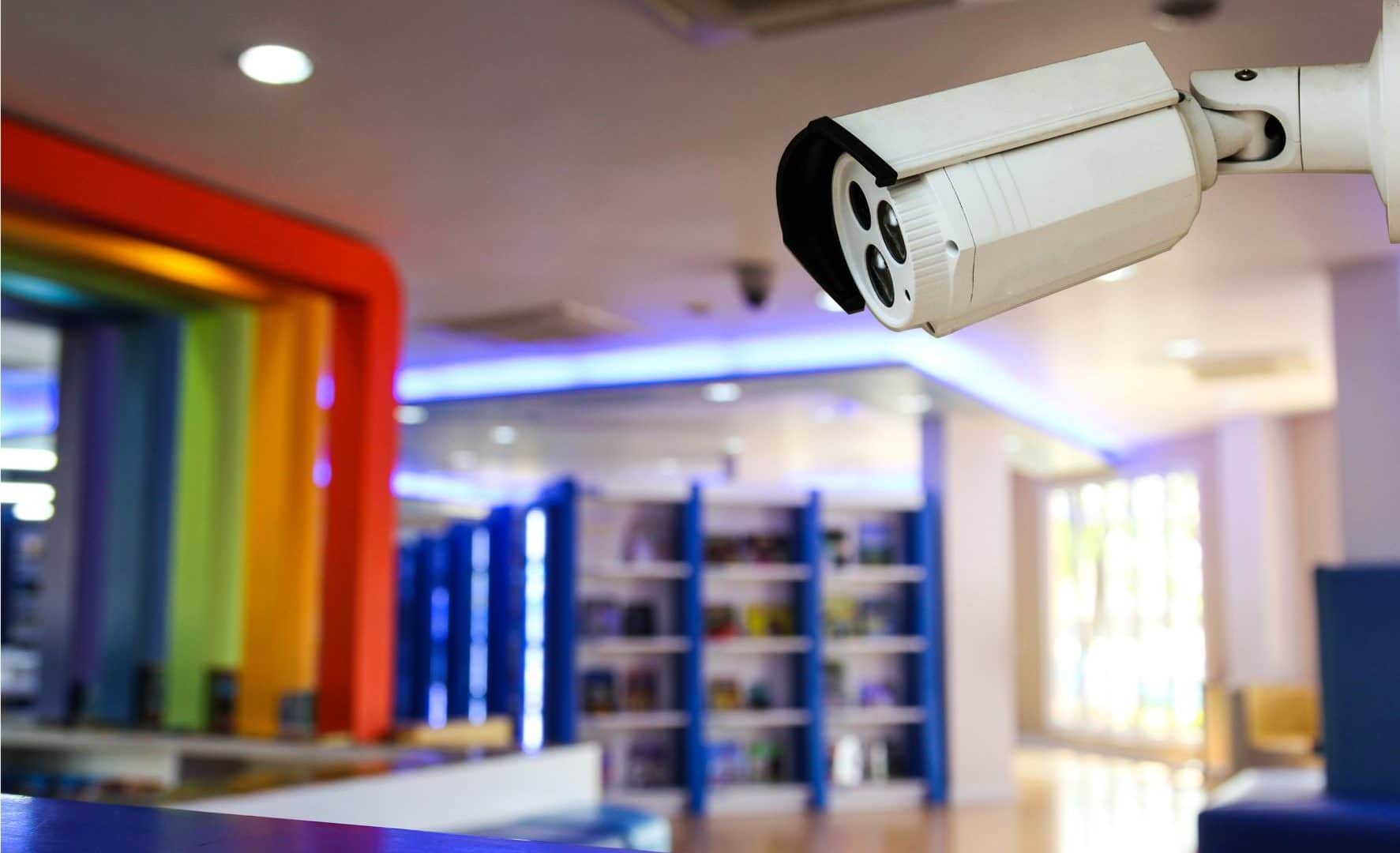By Terence W. Kirby
If your attitude is, “It can’t happen here,” you are fooling yourself. Columbine and Sandy Hook are just the incidents we hear about. There are thousands more every year that do not make the national news, directly affecting both public and private schools, and many pose a threat to the children in your care.
In Arizona, a 29-year-old registered sex offender posed as a 12-year-old boy and attended the seventh grade for 50 days. The perpetrator is in prison, but an incident like this can bring an angry community to your door asking questions about how this can happen. Unfortunately, without proper security measures, it can. Security is now a mandate by parents everywhere, and schools are obligated to address these demands.
The days of the principal’s dual role as police/security guard, or the sign that says, “All Visitors Must Sign in,” are gone. When the main office is 50 yards down the hall from the front door, your children are exposed. When the pre-1980 school architecture does not lend itself to secure vestibules and corralled entryways, your children are exposed.
There are approximately 780,000 registered sex offenders living in this country and this number grows annually. Visit www.familywatchdog.us and enter your school’s zip code to view offenders living in your community.
There are more common threats to children such as same-family abductions. According to the U.S. Department of Justice, an average of 350,000 same-family abductions occurs every year. That is nearly 1,000 abductions a day. Statistics tell us a child’s vulnerability for abduction exists for 4 to 5 years after a separation or divorce. This means that any given moment, an estimated 5 to 10 million children are at risk. It is inevitable that your school will be violated.
To create the highest level of security in your school, you must be proactive. The Transportation Security Administration (TSA) is on the forefront of layered security in airports. Their same strategies can be used to make schools safer. There are approximately 20 checkpoints one must pass through to board an aircraft, and most are invisible to the average passenger. Each process has a specific purpose and contains checks and balances designed to act as a safety net in case one level fails.
There are six components of a layered security strategy for schools. From a technology and procedural standpoint, a school should examine these six building blocks of security.
- Access Control
A recent U.S. study showed that the majority of schools do not have the physical means to perform a full-blown lockdown in the event of an emergency. The ability to adequately control doorways must be the first step in a security plan. A sealed building makes situational control easier.
- School Visitor Management Software
Visitor management has cemented itself as a required staple in the school security strategy. This technology can instantly run background checks for visitors with sex offender records, as well as custody type issues. It also tracks the comings and goings of these same visitors. Instantaneous reports of who is in your building and where they are in the building can be valuable information for first responders. You need this technology to help protect your most valuable asset: your students and staff.
- Video Surveillance
This layer of security is a must. A 24/7 record of what goes on within the buildings is necessary and is being used successfully in any number of other industries and in the general public to solve crimes.
- Emergency Response Plan
You most likely have an evacuation plan in the event of a fire or bomb threat, ideally on a mobile app, but what about a threat from a visitor? With these building blocks in place, you will be able to immediately assess and react to a threat.
- School Notification
Communication is essential when crisis happens. Without it, confusion reigns, time is wasted, and lives can be lost. To prevent the spread of misinformation, you must communicate directly with parents and community members when emergency situations arise. A robust school notification system can help you instantly send voice, text, and email messages to your community.
You must also be ready to handle on-campus communications in an emergency. In a building evacuation scenario, for example, being able to control digital signage, speakers, lights, and other communications endpoints can help you guide students and staff to a safe location. A web-based system that can control all of your school communications and security systems from one simple interface can help you quickly send campus-wide alerts.
- Door Barricade Solutions
Most schools in our country currently adhere to the ALICE Training methodology for active shooter scenarios. First, let us establish the two types of scenarios. The first is a targeted shooter. This is where the gunman is targeting a specific individual. The other, more common, scenario is a mass casualty shooter.
Now let’s look at what ALICE stands for. It is an acronym for Alert, Lockdown, Inform, Counter, Evacuate. Under the Lockdown part of the acronym, most security experts will tell you the best way to minimize casualties is to secure as many kids as you can inside classrooms. Unfortunately, in either scenario, there will be soft targets, but the absolute best way to protect as many kids as possible is to temporarily barricade the classroom doors. A mass shooter will quickly move on once he realizes a classroom can’t be breached.
In conclusion, consider the words of Michael Chertoff, former director of the Department of Homeland Security: “In a free and open society, we simply cannot protect every person against every risk at every moment and in every place. There is no perfect security.”
If this statement is true, the layered approach for your school will give you an edge against threats that exist against the children in your care. Kids will open doors for strangers, and parents with custody issues will still attempt to get their kids. However, with the proper plan and technology in place, most risks can be mitigated.
You will never be able to predict, or stop, a tragedy like Sandy Hook. However, many emergency situations don’t have to become tragedies. You can be proactive in implementing a layered security plan as described above, and many problems can be prevented with a smart, well-thought-out strategy. Develop a plan and discuss it with your local first responders, as they will often offer you a free analysis of your school’s security protocols.
Good luck and safe learning!
Terence W. Kirby is vice president of School Gate Guardian, which has been proudly serving public and private schools in the United States since 2008. Their goal is simple: help keep schools and students safe from sex offenders, unwanted visitors and other threats through the use of an easy-to-use and secure visitor management system, www.schoolgateguardian.com.







